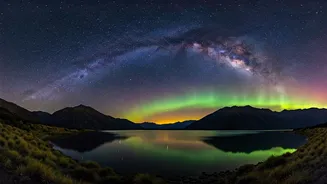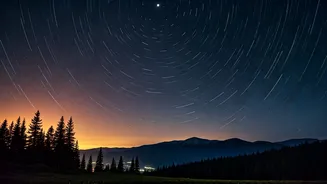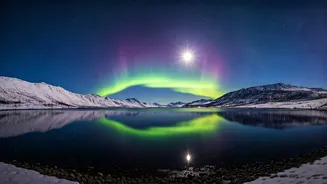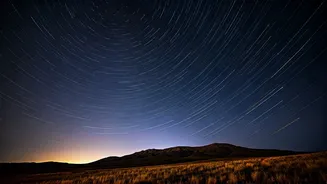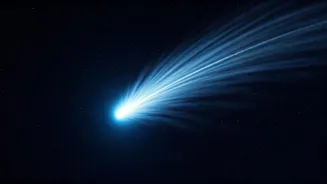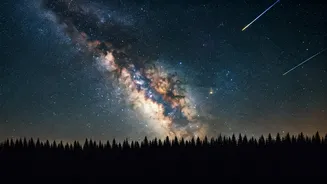Prime Stargazing Destinations
New Zealand offers a plethora of exceptional locations for stargazing. Tekapo, renowned for its International Dark Sky Reserve status, provides unparalleled
views of the night sky, making it a favorite among astronomers and casual observers alike. The Catlins, a region characterized by its rugged coastline and minimal light pollution, offers dark skies and stunning natural scenery, ideal for observing celestial events. Great Barrier Island/Aotea, another key spot, is celebrated for its commitment to preserving dark skies, resulting in exceptionally clear views of the stars. Additionally, the Wairarapa region, Kaikōura, Glenorchy, and Stewart Island/Rakiura offer diverse environments and opportunities for stargazing, each with its own unique charm and celestial appeal. These locations are carefully chosen for their minimal light pollution and stunning natural landscapes, providing optimal conditions for observing the night sky's wonders.
Tekapo: Dark Sky Paradise
Tekapo stands out as a premier stargazing location due to its International Dark Sky Reserve status, ensuring minimal light pollution. The clear, dark skies make it an ideal spot to witness the Milky Way, constellations, and other celestial events. The region’s accessibility and dedicated stargazing infrastructure make it a favorite among both amateur and professional astronomers. Visitors can enjoy guided stargazing tours that provide insights into the cosmos, or simply find a quiet spot to observe the stars. The tranquil setting around Lake Tekapo, combined with the pristine night skies, creates a truly magical experience. This destination attracts many visitors each year eager to marvel at the celestial beauty.
The Catlins: Coastal Wonders
The Catlins region presents a unique combination of stunning coastal scenery and dark skies, perfect for stargazing. The area’s remote location and rugged coastline contribute to minimal light pollution, allowing for clear views of the night sky. The Catlins offers a different kind of stargazing experience where the beauty of the cosmos meets the drama of the natural landscape. Stargazers can explore the many scenic spots within the Catlins, from beaches to cliffs, to find the perfect vantage point. The region is known for its unspoiled environment and clear night skies, making it a hidden gem for astronomical observations and a beautiful place to enjoy the Southern Lights.
Great Barrier Island/Aotea
Great Barrier Island/Aotea, committed to preserving dark skies, offers exceptional stargazing opportunities. The island’s dedication to reducing light pollution makes it a prime location for observing the night sky. Aotea provides an authentic and pristine stargazing experience due to its isolation and commitment to preserving the natural environment. The island’s clear skies are ideal for observing constellations, galaxies, and even the Southern Lights. Visitors can enjoy the experience without the distractions of artificial light. The island's commitment to protecting the environment guarantees a superb stargazing experience that is unique and captivating for any observer.
Southern Lights' Prime Spots
For those hoping to catch a glimpse of the Southern Lights, several locations in New Zealand offer excellent viewing opportunities. The Catlins and Stewart Island/Rakiura, with their dark skies and southern latitude, provide prime locations to witness this spectacular phenomenon. Tekapo, with its clear skies, is also a great place to spot them, while the coastal areas of Kaikōura also offer decent chances of seeing them. While the Southern Lights can be unpredictable, choosing locations with minimal light pollution and a clear view of the southern horizon significantly increases your chances of witnessing the lights. Checking aurora forecasts and planning your visit during times of high activity will optimize your experience.
Best Time to Stargaze
The best time for stargazing in New Zealand typically falls during the winter months, from May to September. During this period, the nights are longer, and the skies are generally clearer, providing ideal conditions for celestial observation. However, stargazing can be enjoyed year-round, depending on the weather conditions and lunar cycles. The new moon phase offers the darkest skies, enhancing the visibility of stars and other celestial objects. Checking weather forecasts and light pollution levels for your chosen location prior to your visit is recommended, as this will help optimize your chances of enjoying the night sky.
